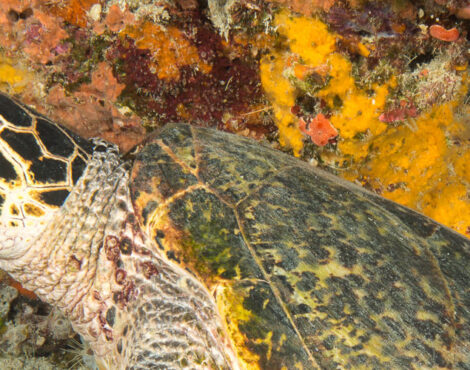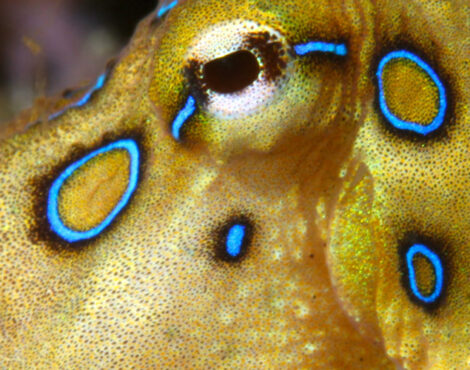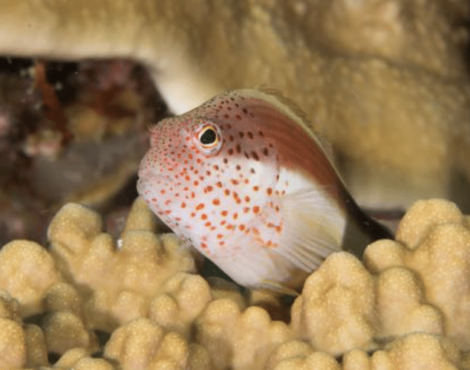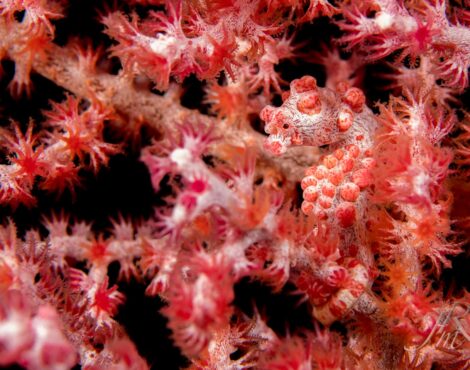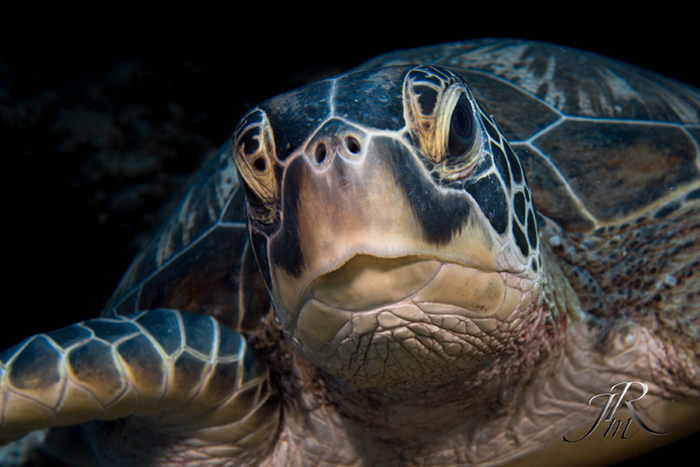 Weighing up to nearly 800 kg and with a life span that is believed to be over 100 years, turtles are truly remarkable creatures. There are currently seven described species of marine turtle, and almost all of them are red listed by the IUCN (International Union for Conservation of Nature & Natural Resources) as either vulnerable, endangered or critically endangered. Luckily, Bunaken Marine Park is one of the last places where turtles are not a rarity, they actually seem to be thriving. Whilst diving on Bunaken’s famous wall dive “Lekuan”, it is not uncommon to see over 15 green or hawksbill turtles on a single dive.
Weighing up to nearly 800 kg and with a life span that is believed to be over 100 years, turtles are truly remarkable creatures. There are currently seven described species of marine turtle, and almost all of them are red listed by the IUCN (International Union for Conservation of Nature & Natural Resources) as either vulnerable, endangered or critically endangered. Luckily, Bunaken Marine Park is one of the last places where turtles are not a rarity, they actually seem to be thriving. Whilst diving on Bunaken’s famous wall dive “Lekuan”, it is not uncommon to see over 15 green or hawksbill turtles on a single dive.
While turtles are elegant and graceful underwater, on land they are cumbersome and clumsy. Aside from when they hatch, male turtles will never need to step foot (or fin) on land again in their lives. Females however, must come ashore occasionally to build a nest and lay eggs. This happens at the age of 10 – 20 years, and they always return to the same beach they were born themselves. On this journey back to their birth place, they can cover huge distances, even crossing oceans.
The egg laying takes place at night to protect both the turtle and the delicate eggs from the heat of day. After finding a suitable spot, digging a hole up to 60cm deep, laying the eggs, and covering them up, the female is exhausted and she crawls back into the sea. As a female can be fertilised by several males at once, she can repeat this process up to 5 times, returning to the same beach every two weeks.
Turtles are under threat from every angle. The white sandy beaches where they lay their eggs are also popular among holiday makers, who like to build 6 story concrete resorts and place a sea of wooden deck chairs in the very spot where the eggs need to laid. Building a nest in such an area is difficult, and constant light and sound pollution may make them give up and turn back to the ocean. Once the nest is made, the eggs are at risk of being crushed by beach vehicles or sun bathers. This is why it is so important to protect areas like Bunaken Marine Park from mass tourism, instead opting for sustainable eco-tourism.
The eggs are also highly nutritious, and should a cat or dog sniff out the nest, the eggs would be gone in minutes. It is not just other mammals that enjoy the eggs though. They are considered a delicacy in many parts of the world, including much of Indonesia.
This is why at Siladen Resort & Spa, we purchase any eggs found by the villagers on Siladen’s white sandy beaches. Such an event happened this morning (10/05/2016) where a villager stumbled across turtle tracks along the eastern facing coast. Upon arriving to the nest, we carefully removed the soft sand from above to reveal the eggs. It is important that the eggs are kept the correct way up, and in the same formation that they were laid, with the same sand, and buried at the same depth. The sand from above and below the nest was transported along with the eggs, so when we made their new nest they could go back in the exact same way they were removed.
Their new position is above the high tide mark, under the shade of trees, and close to the security post, so there is always someone close by and watching to make sure no hungry dogs decide to grab an easy meal. The average turtle lays 100 eggs per nest, but this nest was a big one, with 156 eggs discovered. They will take roughly 60 days to develop, and after that they will hatch just before the sun rises, and make their way straight down the beach and into the sea.
Once they are hatched the real battle begins. During the initial stages of life, they will need to learn how to dive properly, source their own food, and avoid predation from many of the reef inhabitants. Their shells will be soft, they will be weak swimmers and only around 2/1000 hatchlings will survive to sexual maturity. Those that do survive can live relatively free of predation, with only larger sharks and orcas being able to penetrate their solid shells. Human activity is their only real threat, with plastic bags floating aimlessly looking much like jellyfish, which is a popular food for some species. Fishing nets can also trap them, stopping them from being able to ascend to breathe, and pollution makes them weaker and more susceptible to disease.
For more information about how you can help these amazing creatures visit:
www.turtle-foundation.org

